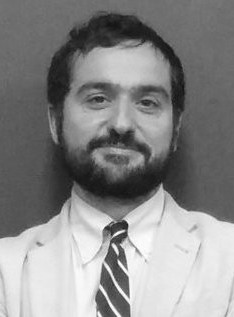VISORSURF: A Hardware Platform for Software-driven Functional Metasurfaces

Metasurfaces, thin film planar, artificial structures, have recently enabled the realization of novel electromagnetic and optical components with engineered and even unnatural functionalities. These include electromagnetic invisibility of objects (cloaking), total radiation absorption, filtering and steering of light and sound, as well as ultra-efficient, miniaturized antennas for sensors and implantable communication devices. Nonetheless, metasurfaces are presently non-adaptive and non-reusable, restricting their applicability to a single functionality per structure (e.g., steering light towards a fixed direction) and to static structures only.
Moreover, designing a metasurface remains a task for specialized researchers, limiting their accessibility from the broad engineering field. VISORSURF proposes a hardware platform-the HyperSurface-that can host metasurface functionalities described in software. The HyperSurface essentially merges existing metasurfaces with nanonetworks, acting as a reconfigurable (globally, locally, upon request or depending on the environment) metasurface, whose properties can be changed via a software interface. This control is achieved by a network of miniaturized controllers, incorporated into the structure of the metasurface. The controllers receive programmatic directives and perform simple alterations on the metasur-face structure, adjusting its electromagnetic behavior. The required end-functionality is described in well-defined, reusable software modules, adding the potential for hosting multiple functionalities concurrently and adaptively. VISORSURF will study in depth the novel and unexplored theoretical capabilities of the HyperSurface concept.
Ultimate goal of the project
Two experimental prototypes will be implemented: a switch-based fabric array as the control medium; and a Graphene based, making use of its exquisite properties to provide finer control. A real pilot-application will demonstrate the HyperSurface potential to adapt to changes in their environment, to interconnect to smart control loops and make use of Information Technology (IT) programming concepts and algorithms in crafting the electromagnetic behavior of materials. The broad theoretical and experimental expertise of the proposers, together with their field-shaping past contributions to metasurfaces and nanonetworks, make them capable to face the challenges involved and to minimize the risk, ensuring the success of the project.
Role of N3Cat
The N3Cat will provide its expertise on nanocommunications and networking in chip-scale environments to study the metamaterial scenario from a communications perspective. Basically, the N3Cat team will help with the design of the network that will interconnect the different microcontrollers present within the metamaterial. This is an essential functionality in the project, as the microcontroller network enables the metamaterial to reconfigure itself. Channel modeling and protocol design tasks will be carried out, aiming to provide a quantifications of the potential performance that can be achieved in the near future.
The Consortium at Large
 |
 |
 |
 |
 |
 |
People (N3Cat)
|
 |
|
 |
 |
|
|
 |
Publications
-
S. Abadal, S. E. Hosseininejad, A. Cabellos-Aparicio, E. Alarcón,
"Graphene-based Terahertz Antennas for Area-Constrained Applications",
in Proceedings of the TSP '17,
Barcelona, Spain, July 2017.

-
S. Abadal, C. Liaskos, A. Tsioliaridou, S. Ioannidis, A. Pitsillides, J. Solé-Pareta, E. Alarcón, and A. Cabellos-Aparicio,
"Computing and Communications for the Software-Defined Metamaterial Paradigm: A Context Analysis",
in IEEE Access, vol. 5, pp. 6225 - 6235, 2017

Media Coverage
- PublicNow [ENG]
- UPC News [ENG]
- La Vanguardia [ESP]
- El Periódico [ESP]
Media Presence
More information
Project website: http://www.visorsurf.eu/

